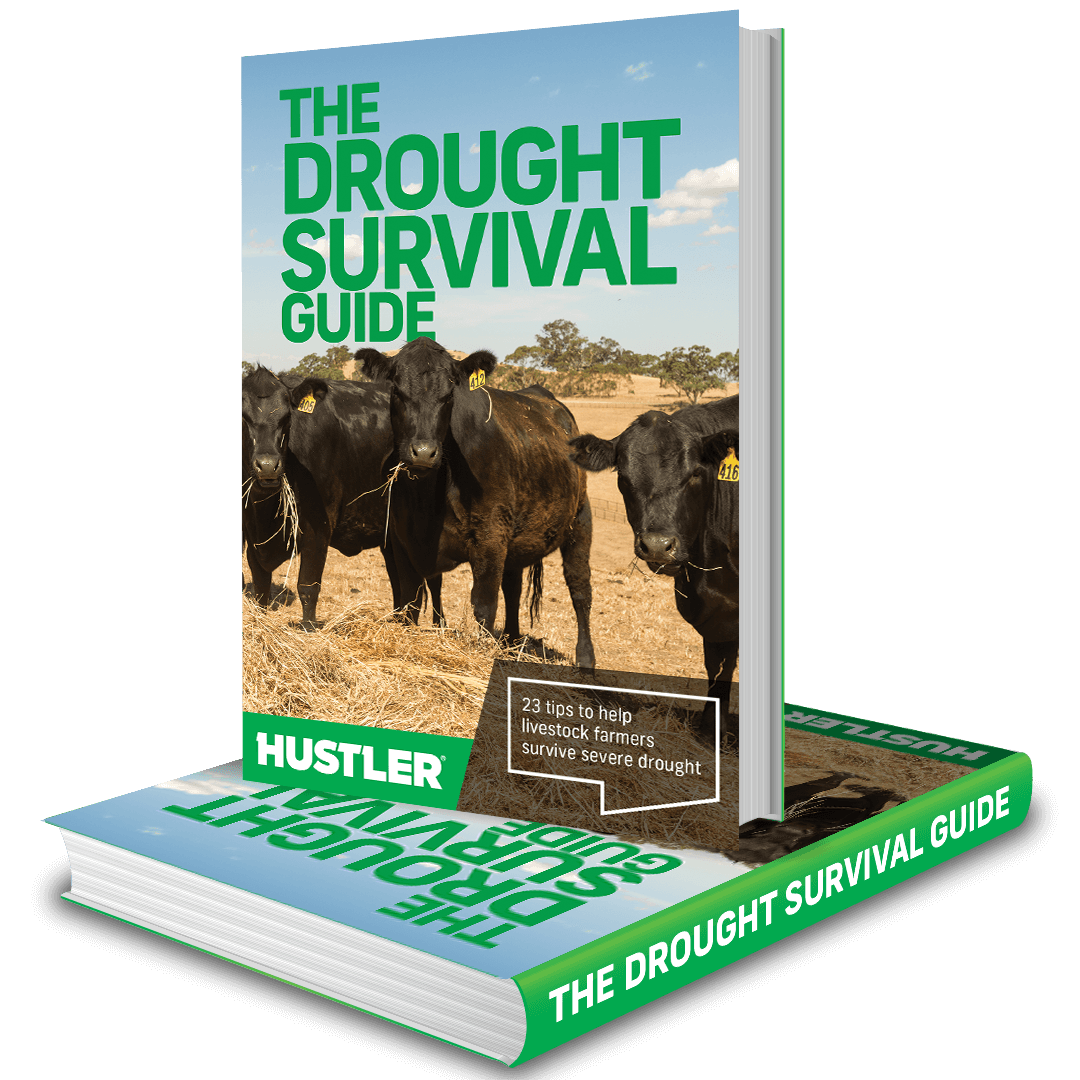How to deal with hay shortage in drought conditions?
This year, much of the Western half of the United States is in the grip of a severe drought of historic proportions. Conditions are especially bad in California and the Southwest, but the drought extends into the Pacific Northwest, much of the Intermountain West, and even the Northern Plains.
Farmers and ranchers have been suffering and carrying livestock over summer have been difficult while everyone was hoping for the rain to come back. Unfortunately, the situation didn’t improve much. With winter and the feeding season around the corner, more and more concerns arise, mainly resulting from a massive shortage of hay available.
Mike Galloway from ‘Our Wyoming Life‘ YouTube channel, recently published a video about his plan for winter. Like many farming operations in the region, the ranch has been hugely impacted by the drought, with only 2.8 inches (about 700 mm) of rain so far this year, while annual averages are usually 12 to 16 inches.
Mike and Erin’s beef cow/calf operation is based in North East Wyoming, near the city of Gillette, United States. Their herd consists of about 100 ‘mama’ cows and they may not be able to carry this amount of stock over winter.
On the ranch, the cows (and their calves) are usually fed for 180 days so about half of the year. The animals are primarily fed with dry hay, but Mike supplements them with cake (also called range cubes) through the winter as a protein source for their cattle that helps with digestibility and offers a more balanced diet – while the hay is a complete nutrient, it’s often short in protein.
Usually, Mike uses 1,500-pound (680 kg) round bales of hay to feed the herd, and he estimates that his cows are eating 25 to 30 pounds (11 to 13.5 kg) of hay each, per day. This means about 900 pounds per month. Then, doing the math is quite simple: Mike will need 450 bales of hay this year for his herd.
In a normal year, Mike would get some hay from his own fields and buy what he needs from other ranchers or hay contractors. This year, Mike wasn’t able to make any hay on the ranch and it appeared to be really hard to find hay in Wyoming as the whole state has been affected by the drought. At the moment, prices are around US $250 per ton (a bit more than a metric tonne).
Mike decided to buy hay from Kansas City, Missouri which was ultimately less expensive than buying locally, even including the trucking fees. However, according to Mike, it is “always a gamble to buy hay”:
- finding reliable sources is often difficult
- no guarantee on the quality/composition
- less choice, especially in the shape/type of the bales
In this case, the quality of Kansas City’s bales was acceptable, even though Mike found some weeds and Canadian thistles and the bale was relatively dusty overall.
Mike explains that every year, regardless of the origin of the hay, he would send samples at the University of Wyoming to analyze the levels of crude protein, phosphorus, fiber, moisture… that would help him to determines how to adjust the diet of the cows. Testing the hay is essential according to Mike and he is going to continue to do so, especially in a drought situation where it is hard to find decent forage.
Also, Mike is using a Hustler Chainless trailed bale feeder to feed out the hay. The machine is versatile and would be able to handle square bales if Mike doesn’t manage to find enough round bales for winter.
Ultimately, “the amount of hay we are able to buy will dictate the number of cows that we have over winter,” Mike concluded. This drought will definitely have a big impact on who stays and who goes.
Consider these few actions to manage a drought on your farm/ranch:
- keep communication flowing with your business partners and employees and share your strategy
- take time to analyse and understand your farm’s Strengths, Weaknesses, Opportunities and Threats in a drought situation
- make an inventory of your farm resources (herd, finance, forage, water, precipitations, human resources…)
- identify ahead critical dates and deadlines to make decisions
- put together a recovery plan with considering different scenarios
- test your soil, feed and animals regularly
Wherever you are in the world, we know that drought risk management becomes a big part of your ranch or farm’s concerns.
Download our FREE Drought Survival Guide
A majority of the research in this guide was conducted alongside Australia & New Zealand’s farmers and ranchers. It includes best feedout practices for surviving a severe drought and improving the welfare of your livestock.




























